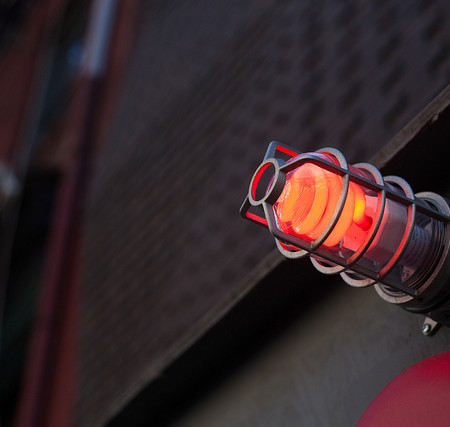CFL Bulbs and Mercury: What You Need to Know
Compact fluorescent light bulbs (CFLs) contain an average of 4 milligrams of mercury, about the amount that would cover the tip of a ballpoint pen. This is much less than the amount contained in those old mercury thermometers, or even the amount deemed safe to consume in our diet from fish. But make no mistake, mercury is a neurological toxin. The EPA uses 0.1 micrograms per kilogram of body weight per day as the accepted exposure level for oral consumption without recognized adverse effects. Inhaling mercury vapor in significant amounts (greater than 0.025 mg/m3) can cause deficits in cognitive functioning, tremors, kidney damage and even death in cases of high exposure. If mercury is so toxic, why is it in a common household item such as a lightbulb?
What’s in a label? Organic, fresh, and all natural ingredients
As I opened a can of soup this week I noticed the “all natural” label on a can with an expiration date several months out. This got me wondering about product labels like “all natural,” “fresh,” and “organic.” Who is policing them and what do the labels really mean?
Weekly Environmental News – March 10, 2013
Game Changer: Whole Foods Market to require GMO labels Despite the blessings of FDA and WHO that food containing genetically modified organisms (GMOs) is safe, consumer are exercising their “right to know” and have made great strides in the fight to see labeling on grocery store shelves.Whole Foods Market stores in the U.S. and Canada [...]





Recent Comments